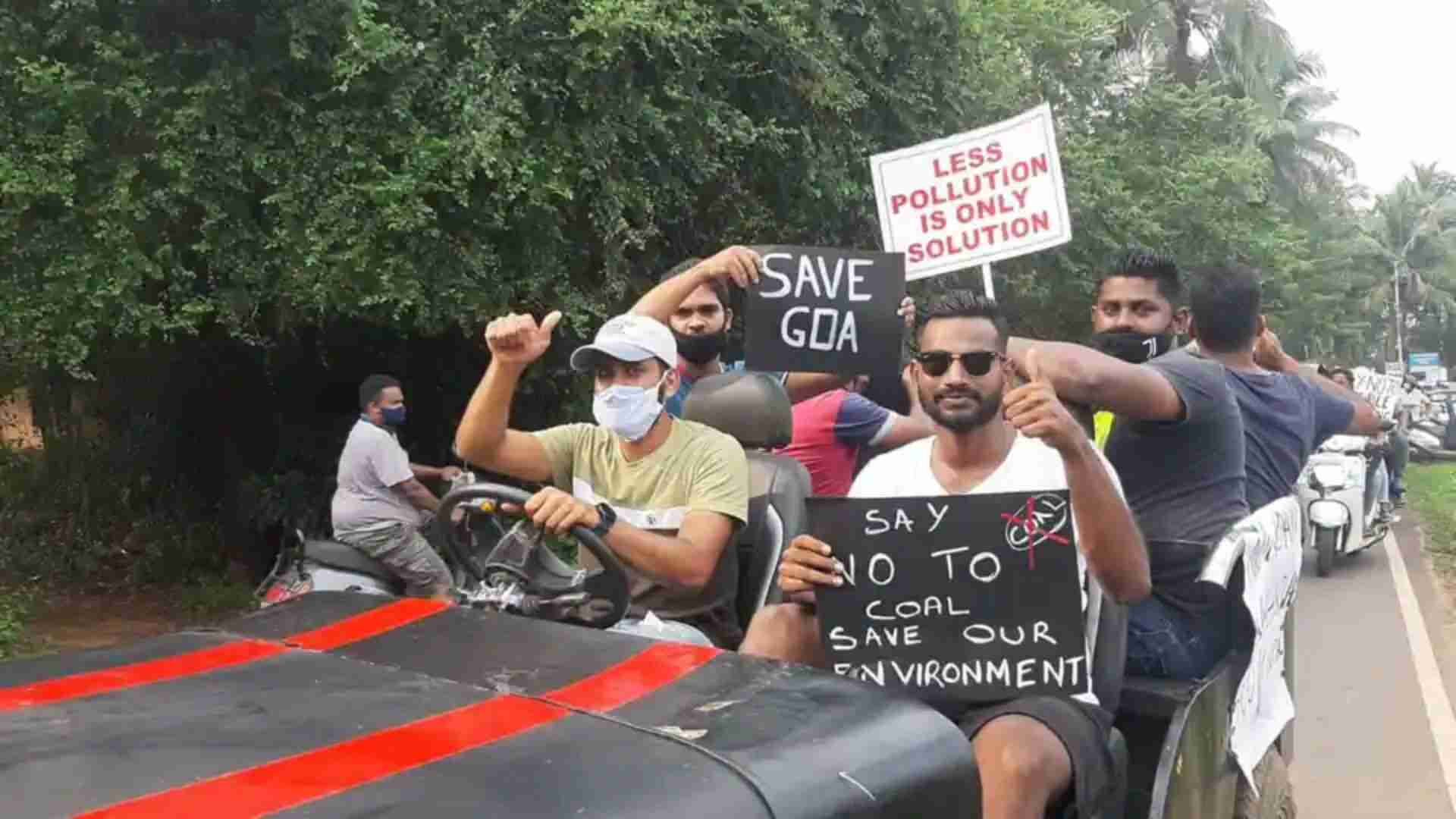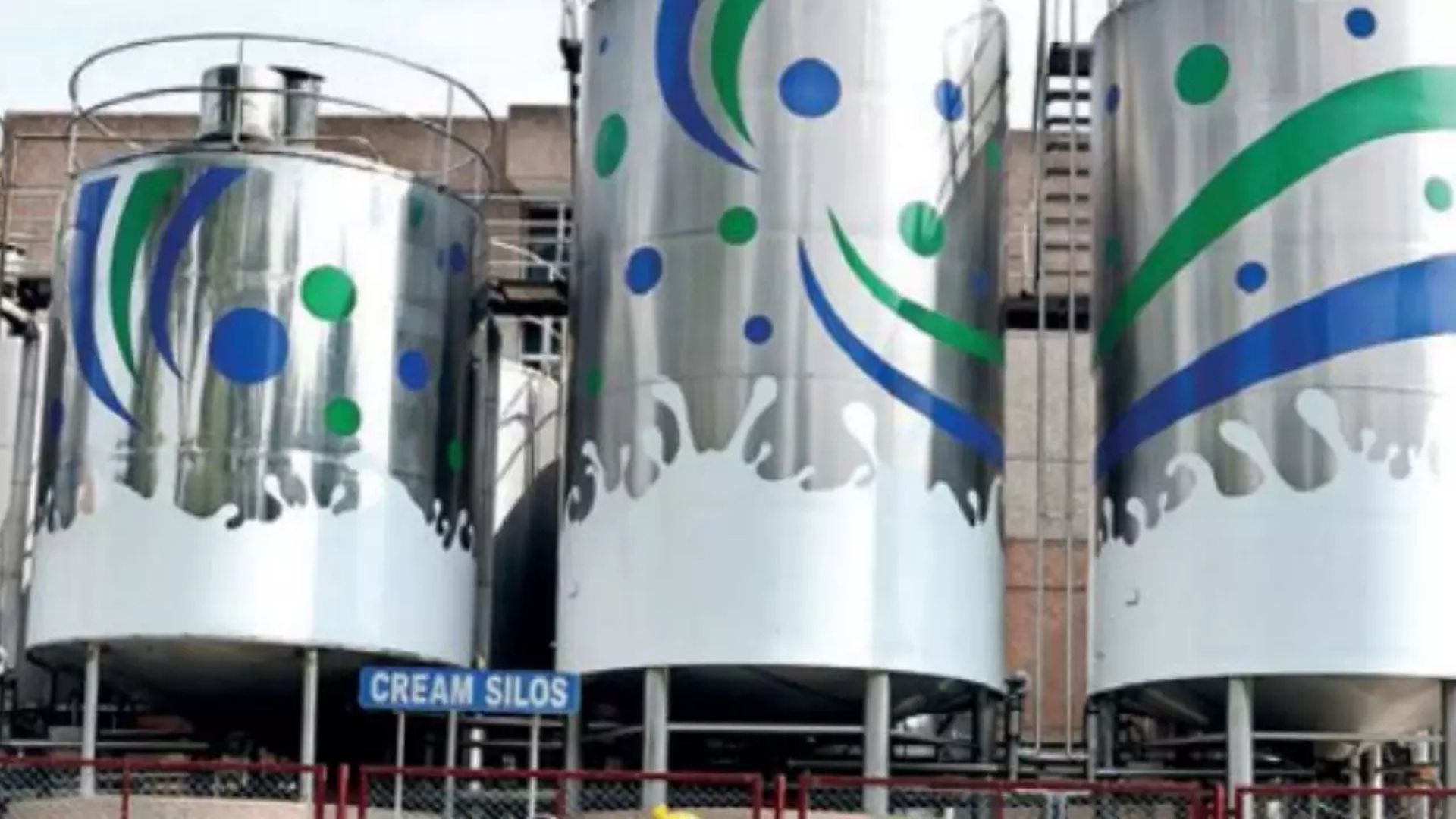
In December 1987, local Goans protested against mass tourism by throwing cow dung and rotten shrimps at tourist buses. This protest took place at Dabolim Airport as the first group of West German package tourists arrived. The protesters, members of the newly-formed Jagrut Goenkaranchi Fouz (Vigilant Goans’ Army), distributed leaflets in German to convey their message: “Tourists Go Home.” This marked a pivotal moment in Goa’s history, showcasing the early resistance to the burgeoning influx of tourists.
Before the German tourists, Goa had already seen waves of hippies in the 1970s, drawn by the beaches and rave culture. By 1985, the number of tourists had surged, causing local resentment. This marked a pivotal moment in Goa’s history, showcasing the early resistance to the burgeoning influx of tourists. The local population’s frustration grew as the government continued to push for tourism development. This led to a scathing report in The Independent in 1993, which blamed mass tourism for the degradation of Goa’s environment and culture.
The mid-1990s saw the prophecy of Union Minister Mufti Mohammed Sayeed come true with the rise of numerous five-star hotels. Today, Goa has 7,538 registered hotels and handles millions of tourists annually through Dabolim and Manohar International Airports. However, this surge in tourism has brought significant challenges, including a rise in crime, especially against minors and involving foreign nationals. Economic offenses and drug-related crimes have also increased, highlighting the darker side of Goa’s tourism boom.
Goa’s carrying capacity has been a major concern, with the state struggling to balance tourism and sustainability. Public outcry against events like the Sunburn Festival, associated with drugs and noise pollution, reflects the tension between cultural preservation and tourism. The original vision for Goa’s tourism, as recalled by its first Director of Tourism, Libia Lobo Sardesai, was far removed from today’s reality. The state now faces the challenge of embracing responsible tourism to protect its cultural and ecological heritage while accommodating visitors.















